Elements of Art Why Do We Have the Elements of Art
one.6: What Are the Elements of Art and the Principles of Art?
- Folio ID
- 46130
The visual fine art terms separate into the elements and principles of art. The elements of art are color, form, line, shape, space, and texture. The principles of art are scale, proportion, unity, variety, rhythm, mass, shape, space, balance, volume, perspective, and depth. In improver to the elements and principles of blueprint, fine art materials include paint, clay, bronze, pastels, chalk, charcoal, ink, lightening, equally some examples. This comprehensive list is for reference and explained in all the capacity. Understanding the art methods will assist define and determine how the culture created the art and for what use.
Over the years, fine art methods have inverse; for case, the acrylic pigment used today is dissimilar from the cave art earth-based paint used thirty,000 years ago. People have evolved, discovering new products and procedures for extracting minerals from the earth to produce art products. From the rock age, the statuary, fe age, to the technology historic period, humans have ever sought out new and better inventions. However, admission to materials is the almost significant advantage for change in civilizations. Virtually every civilization had access to clay and was able to industry vessels. However, if specific raw materials were only bachelor in one area, the people might trade with others who wanted that resource. For instance, on the ancient merchandise routes, China produced and candy the raw silk into stunning cloth, highly sought out by the Venetians in Italy to make vesture.
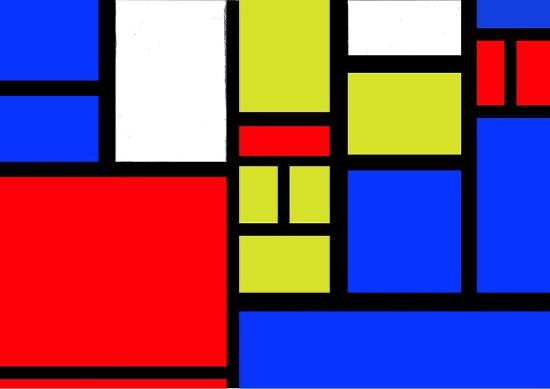
The art methods are considered the edifice blocks for any category of art. When an artist trains in the elements of fine art, they acquire to overlap the elements to create visual components in their art. Methods can be used in isolation or combined into one slice of art (ane.24), a combination of line and color. Every piece of art has to contain at to the lowest degree i element of fine art, and about art pieces take at least two or more than.
Elements of Art
Colour: Color is the visual perception seen past the homo centre. The modernistic color cycle is designed to explain how color is arraigned and how colors interact with each other. In the center of the color wheel, are the three primary colors: cherry-red, yellowish, and blue. The second circle is the secondary colors, which are the ii primary colors mixed. Ruby and blue mixed together form purple, carmine, and yellowish, form orangish, and blue and yellow, create green. The outer circle is the third colors, the mixture of a primary color with an side by side secondary color.
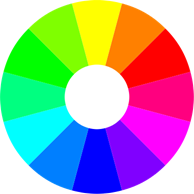
Color contains characteristics, including hue, value, and saturation. Primary hues are also the principal colors: red, yellow, and blue. When ii primary hues are mixed, they produce secondary hues, which are likewise the secondary colors: orange, violet, and green. When two colors are combined, they create secondary hues, creating additional secondary hues such equally yellow-orange, crimson-violet, blueish-green, bluish-violet, yellow-green, and red-orange.
Value: refers to how adding blackness or white to color changes the shade of the original color, for case, in (1.26). The addition of black or white to i colour creates a darker or lighter colour giving artists gradations of one color for shading or highlighting in a painting.
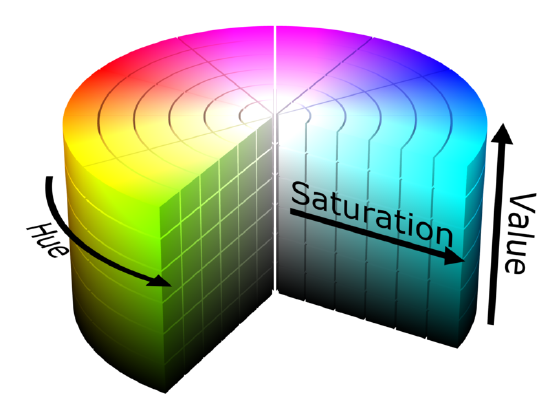
Saturation: the intensity of color, and when the colour is fully saturated, the color is the purest form or about authentic version. The primary colors are the three fully saturated colors as they are in the purest grade. Equally the saturation decreases, the color begins to expect washed out when white or black is added. When a color is bright, it is considered at its highest intensity.
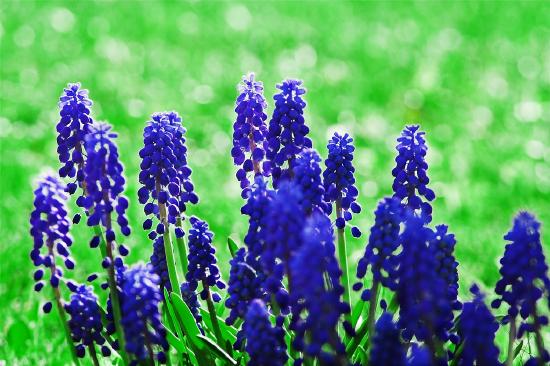
Form: Form gives shape to a piece of art, whether it is the constraints of a line in a painting or the edge of the sculpture. The shape can be ii-dimensional, three-dimensional restricted to top and weight, or it can be gratis-flowing. The form also is the expression of all the formal elements of art in a slice of work.
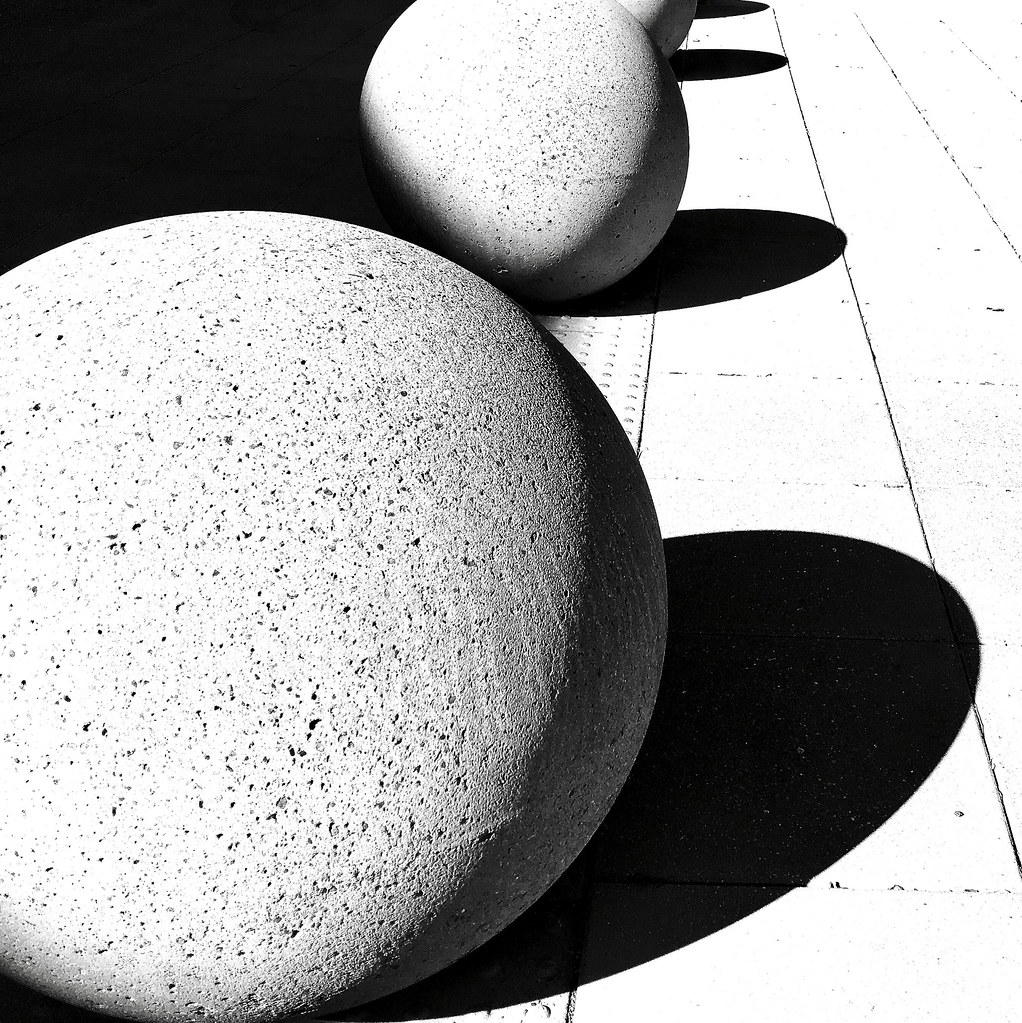
Line: A line in art is primarily a dot or series of dots. The dots class a line, which tin vary in thickness, color, and shape. A line is a ii-dimensional shape unless the creative person gives information technology book or mass. If an artist uses multiple lines, information technology develops into a cartoon more recognizable than a line creating a grade resembling the outside of its shape. Lines tin can also be implied equally in an activity of the hand pointing up, the viewer's eyes continue upwards without fifty-fifty a real line.
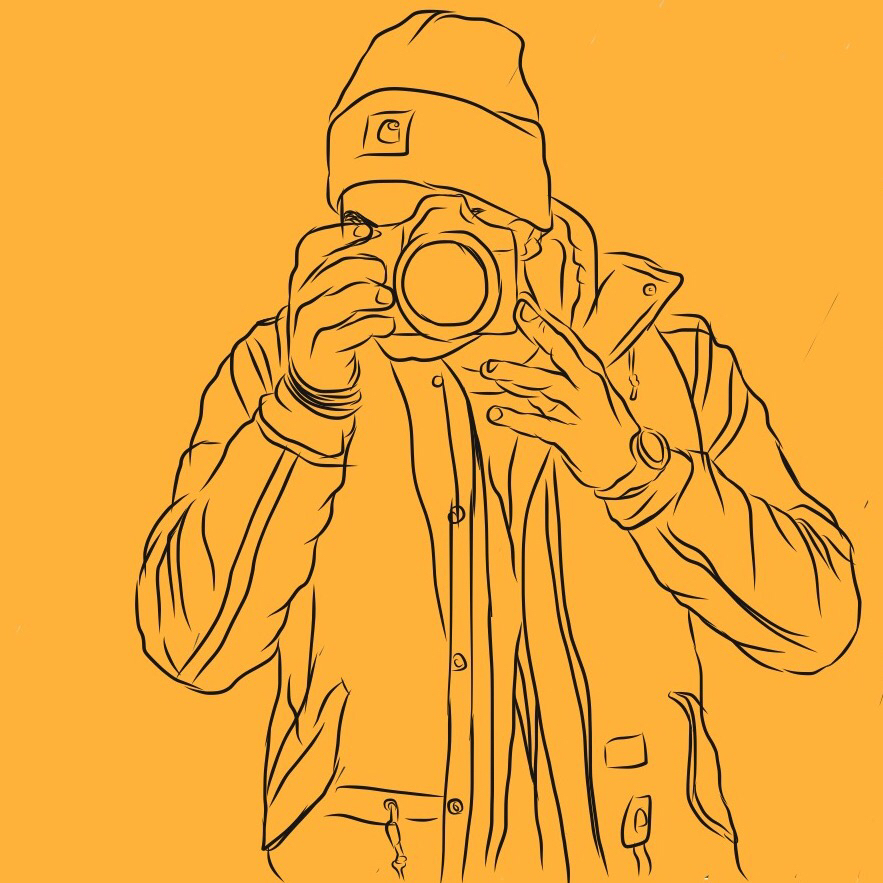
Shape: The shape of the artwork can have many meanings. The shape is defined as having some sort of outline or purlieus, whether the shape is two or three dimensional. The shape can be geometric (known shape) or organic (gratuitous form shape). Space and shape go together in nigh artworks.
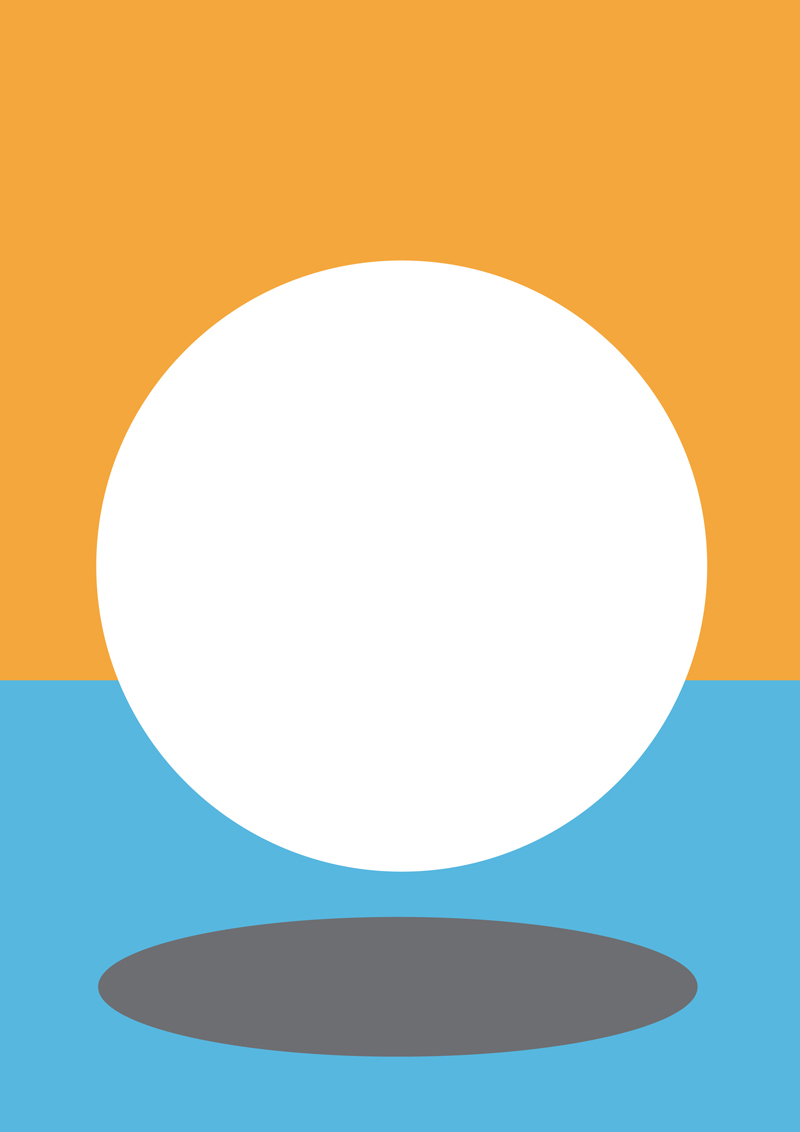
Space: Space is the surface area around the focal point of the fine art piece and might exist positive or negative, shallow or deep, open, or airtight. Space is the area around the art class; in the case of a edifice, it is the area behind, over, inside, or side by side to the construction. The space around a structure or other artwork gives the object its shape. The children are spread across the movie, creating infinite betwixt each of them, the figures become unique.
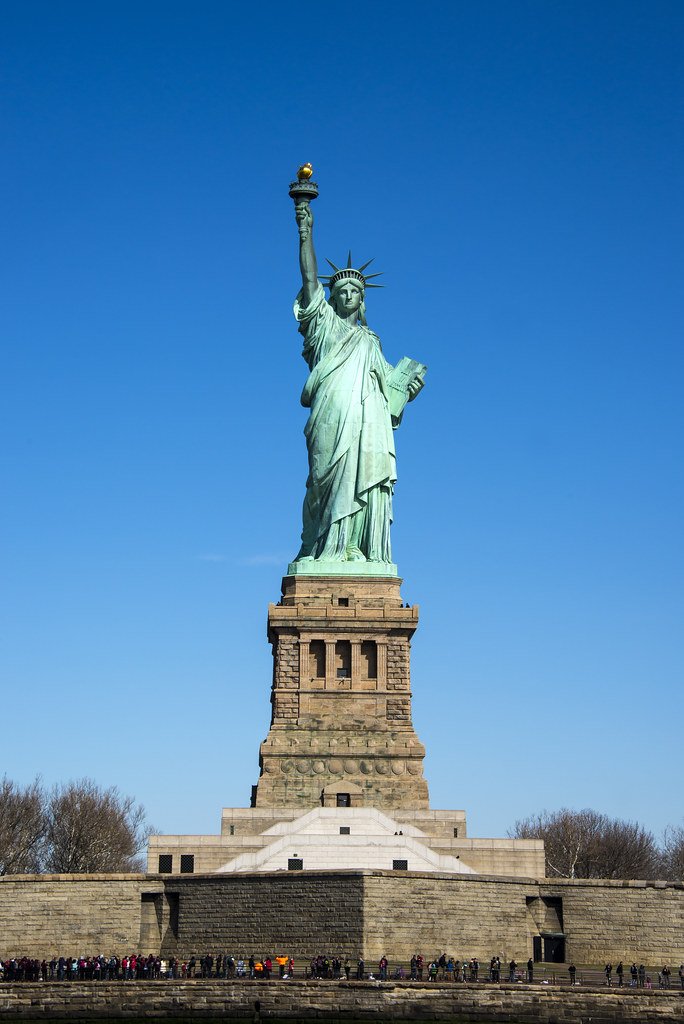
Texture: Texture can exist rough or smoothen to the bear on, imitating a item experience or sensation. The texture is as well how your eye perceives a surface, whether it is flat with little texture or displays variations on the surface, imitating rock, wood, rock, fabric. Artists added texture to buildings, landscapes, and portraits with fantabulous brushwork and layers of paint, giving the illusion of reality.
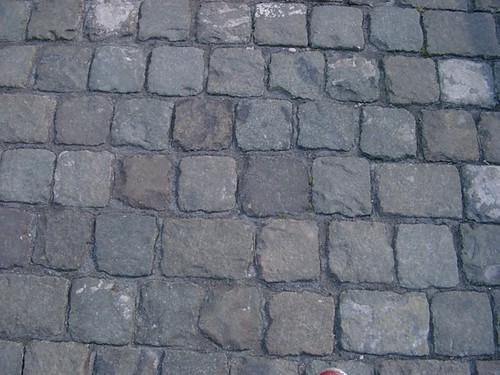
Principles of Art
Balance: The residuum in a slice of art refers to the distribution of weight or the apparent weight of the piece. Arches are built for structural design and to concord the roof in place, assuasive for passage of people beneath the curvation and creating balance visually and structurally. Information technology may be the illusion of fine art that can create balance.
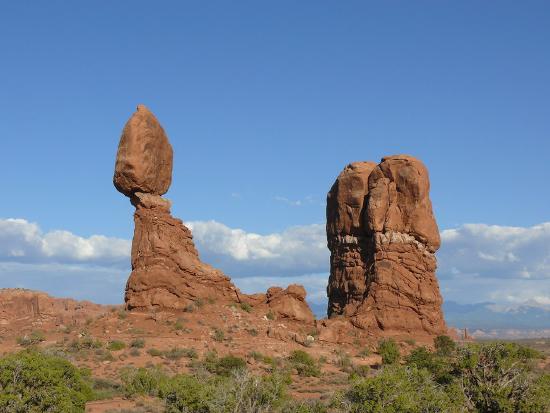
Contrast: Contrast is defined as the difference in colors to create a piece of visual art. For instance, black and white is a known stark dissimilarity and brings vitality to a piece of art, or it can ruin the art with too much contrast. Contrast tin besides be subtle when using monochromatic colors, giving variety and unity the final piece of art.
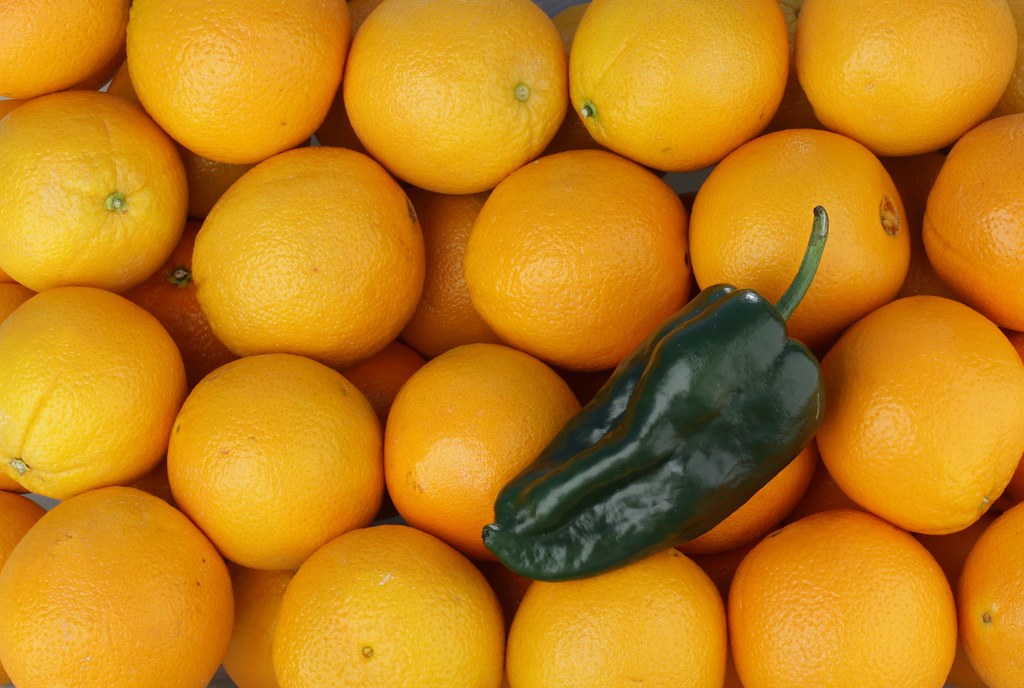
Emphasis: Emphasis can exist colour, unity, balance, or any other principle or element of fine art used to create a focal point. Artists will use accent like placing a string of gilded in a field of dark imperial. The color contrast between the gold and nighttime regal causes the gold lettering to pop out, becoming the focal point.

Rhythm/Movement: Rhythm in a piece of art denotes a type of repetition used to either demonstrate move or expanse. For case, in a painting of waves crashing, a viewer will automatically meet the motility as the wave finishes. The employ of bold and directional brushwork will as well provide movement in a painting.

Proportion/Scale: Proportion is the human relationship between items in a painting, for instance, between the heaven and mountains. If the sky is more than 2-thirds of the painting, it looks out of proportion. The scale in art is similar to proportion, and if something is not to scale, it tin can look odd. If there is a person in the motion picture and their easily are too large for their trunk, and so it will wait out of calibration. Artists can besides use calibration and proportion to exaggerate people or landscapes to their advantage.
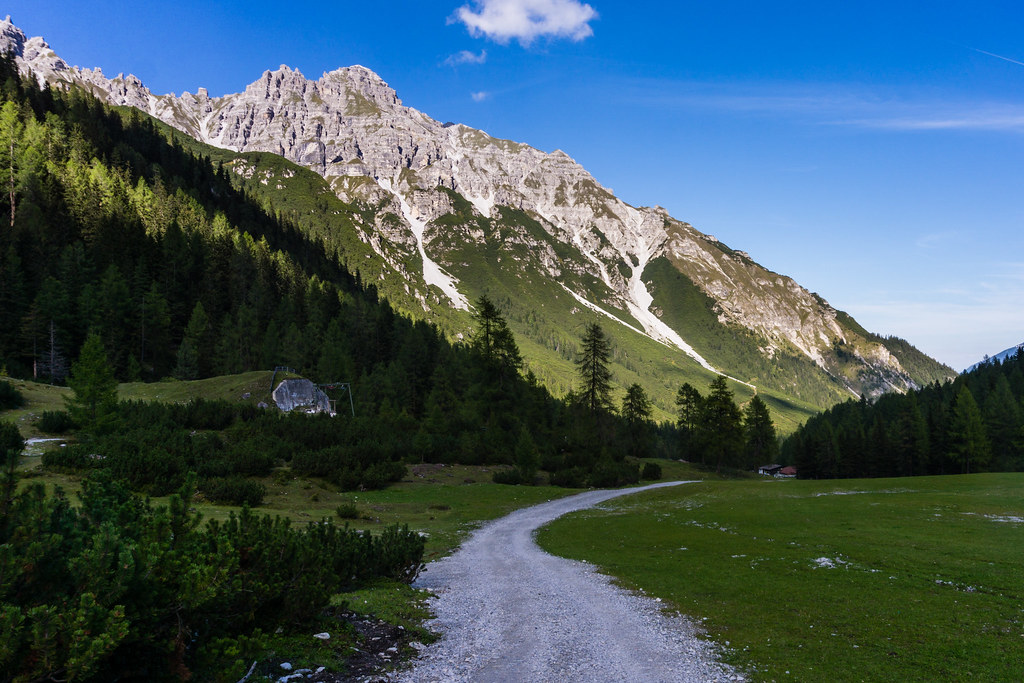
Unity and variety: In art, unity conveys a sense of abyss, pleasure when viewing the art, and cohesiveness to the art, and how the patterns work together brings unity to the picture or object. Equally the reverse of unity, diversity should provoke changes and sensation in the art slice. Colors can provide unity when they are in the aforementioned color groups, and a splash of carmine can provide multifariousness.

Pattern: Pattern is the mode something is organized and repeated in its shape or form and tin flow without much structure in some random repetition. Patterns might co-operative out like to flowers on a plant or form spirals and circles every bit a group of soap bubbles or seem irregular in the cracked, dry mud. All works of art have some sort of pattern even though it may be difficult to discern; the pattern will form past the colors, the illustrations, the shape, or numerous other art methods.
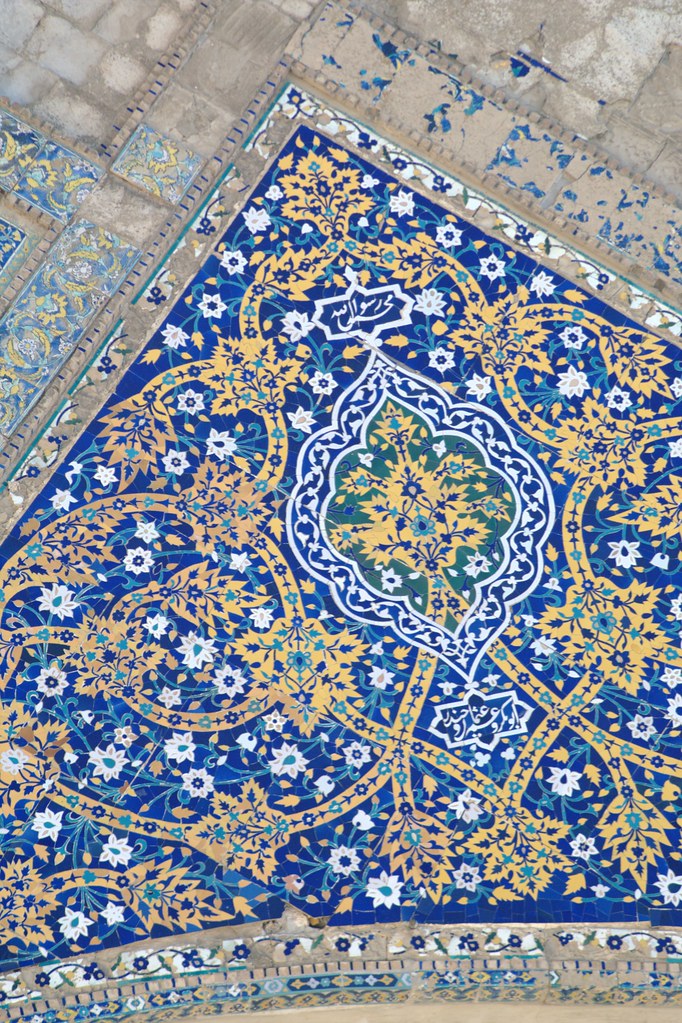
Source: https://human.libretexts.org/Bookshelves/Art/A_World_Perspective_of_Art_Appreciation_(Gustlin_and_Gustlin)/01%3A_A_World_Perspective_of_Art_Appreciation/1.06%3A_What_Are_the_Elements_of_Art_and_the_Principles_of_Art
0 Response to "Elements of Art Why Do We Have the Elements of Art"
Post a Comment